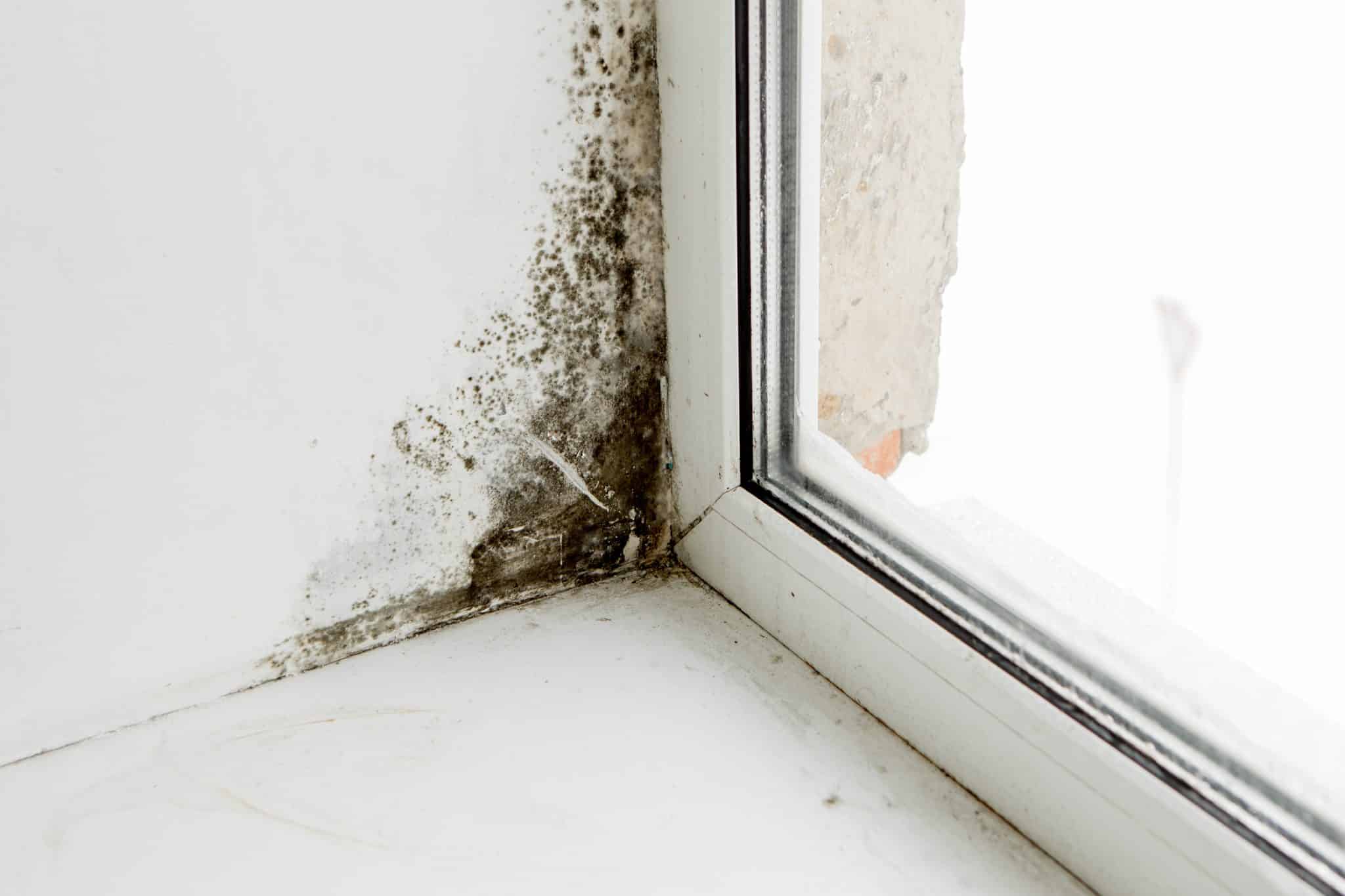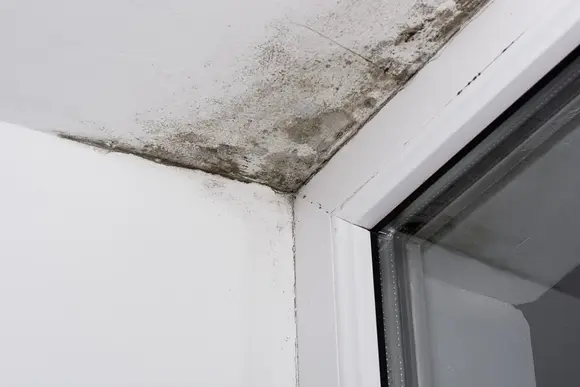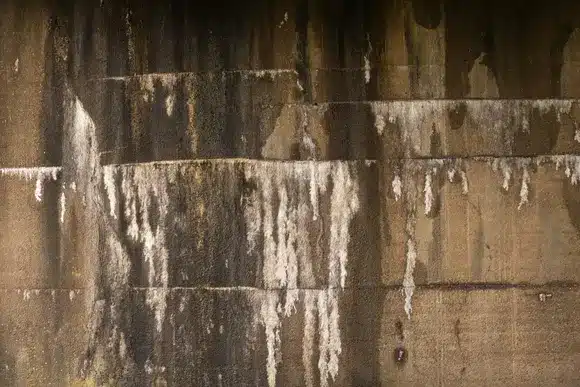Are you seeing puddles and flooding on your property due to water runoff from your neighbour’s land or property?
Following heavy rainfall, groundwater seepage can become a considerable issue. The issue is amplified when the source of this runoff is a neighbouring property.
If your residence is at a lower level than your neighbour or close to a construction site, the likelihood of water ingress into your property is higher. This situation may have happened previously or could be a consequence of repairs carried out by your adjacent neighbor.
You need careful planning and management to shield your and your neighbour’s property from the consequence of stormwater runoff. You must regularly maintain all drainage components related to your home or any other structure on the property. This includes:
The legislation requires every property owner to supply their own water needs and prohibits any new development from increasing the natural water flow to their neighbour. The law specifies that each property owner must provide for their sewage needs.
To prevent flooding or property damage, the stormwater system on your property needs a connection to a point of release. It will protect both your property and that of your neighbours.
It is permissible to choose either the public kerb and gutter system or an inter-allotment drainage system, provided installation is within approved easements.
If stormwater is running onto your property from your neighbours, the best way to resolve the issue is discussing with your neighbour to figure out a solution together. Installing drains and alternative routes on your land and your neighbour’s represents the best workable solution to the problem.
If the runoff onto your land is associated with a new development, we recommend communicating with the Builder, the property owner, and potentially the local Council. An increase in water flow is likely to be considered a breach of approval conditions.
Offering evidence to support your claim will help with managing the issue.
Local councils may be reluctant to become involved in neighbourhood issues, but the Local Government Act makes it a legal requirement. Councils are one of the bodies that can bring diverse citizens together to reach a decision.
When you call the Council, if they aren’t responsive regarding your situation, continue to contact them because they have access to staff who can assist in finding solutions to problems.
The local councils have the authority to issue an order to a property owner demanding that they fix the flow to neighbouring land.
At MJ Engineering, we can assist in your efforts to engage with the Council and the neighbouring property owner.
You can take a wide range of legal approaches to resolve the issues. The Conveyancing Act makes it clear that homeowners are liable for the maintenance of their property’s stormwater system along with the connection of that system to the broader network.
Consulting with legal professionals is strongly recommended before pursuing this or any other option.
NSW Fair Trading and the NSW Civil and Administrative Tribunal (NCAT) both have the authority to arbitrate or enforce a dispute, depending on the circumstances.
MJ Engineering cannot provide you with any legal advice; nevertheless, we can assist you in diagnosing the water ingress problem and finding the potential solutions and the most effective remedy approach for moving forward.

Water ingress and water leaks can be found in almost any building and property due to many different reasons. In this article, you can read about its definition, how to identify the most common causes and locations, as well as whose responsibility it is to rectify water ingress, and how to take immediate action to preserve your building.

To curb this issue, you must promptly seal any small holes or cracks present in the concrete, blockwork, or floor-to-wall joints that could allow water from the outside to seep in.

There are many potential sources of water damage beyond your roof. For instance, your walls also have to manage water when it rains. Most of the rainfall is typically managed at the top of your property, but if your structures, particularly the walls, are not waterproof, they may eventually let rain seep in.